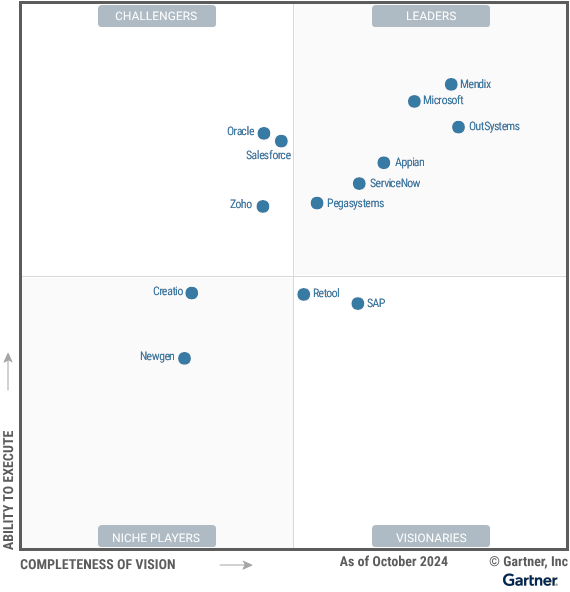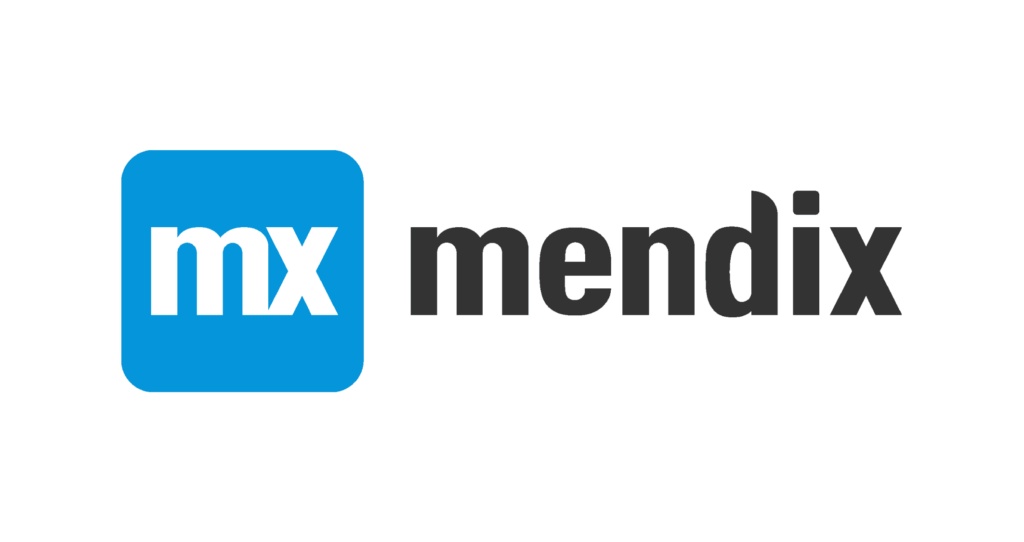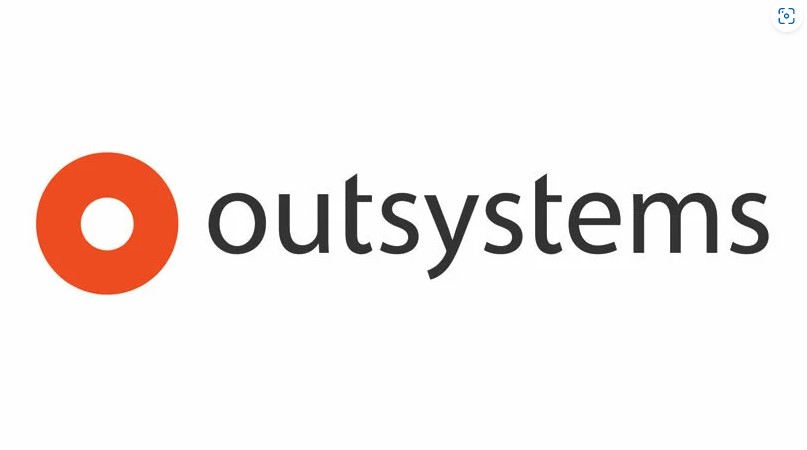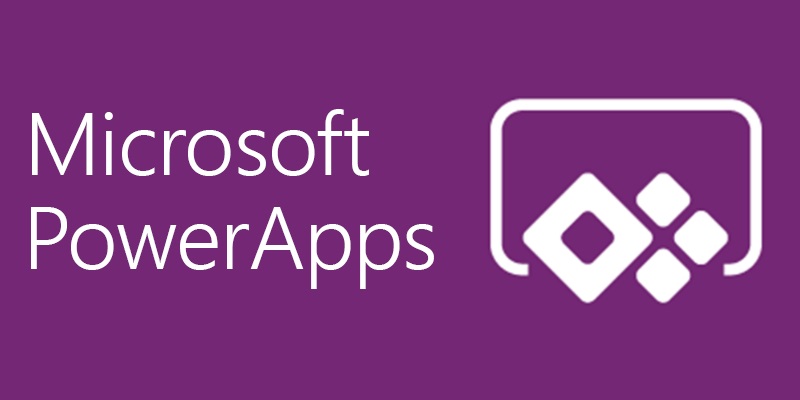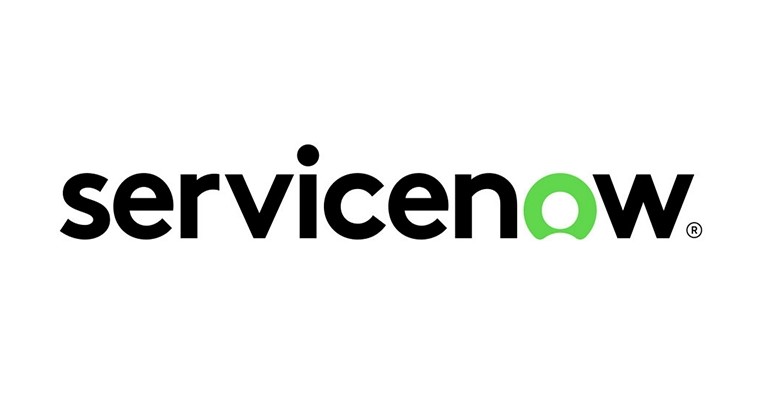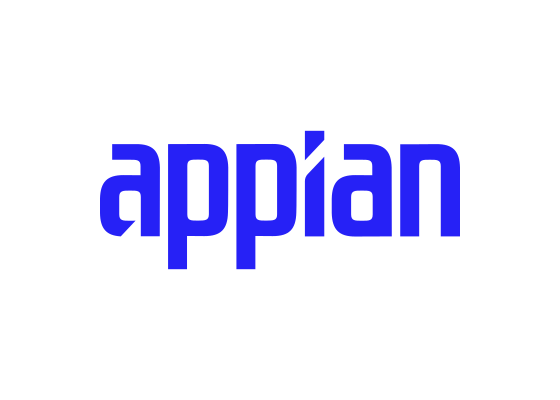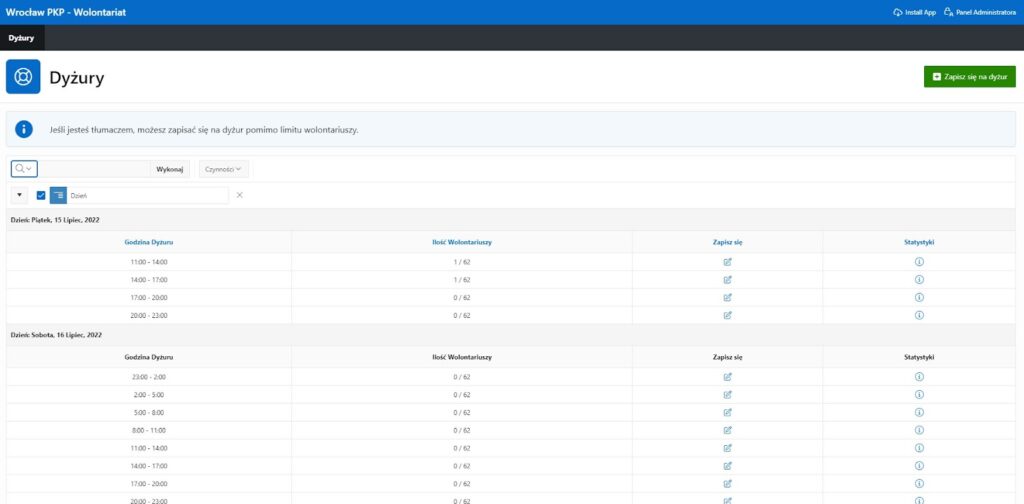Gartner released a new version of their Magic Quadrant Report for Enterprise Low-Code Application Platforms (LCAP). Let’s take a look at the biggest and most notable technologies and the reasons behind their current position on the market.
Update: This article was originally published in May 2023. However, it was updated several times – first in December 2023 and then in November 2024 – with new information based on new versions of the quadrant.
What is Gartner’s LCAP report?
Low-Code Application Platforms are basically software tools that allow you to create apps rapidly and with little to no coding – by using powerful wizards, generators, and ready-made elements that you simply connect within the platform. If you’re new to this whole low-code craze, you might like to read my articles on 5 low-code advantages and 10 low-code myths.
Gartner’s Magic Quadrant for LCAP is a yearly report created by a well-known American analytics company that summarizes the state of the market. It’s a useful source of information for low-code enthusiasts – it helps us choose the technologies we should focus our attention on.
What metrics does Gartner use?
The rules behind the report are easy to understand. Gartner uses two main factors to evaluate low-code platforms – “Completeness of Vision” and “Ability to Execute” – but there are several things contributing to these factors and they have a varying level of importance.
Completeness of Vision
Gartner puts emphasis on innovation, market understanding, and product strategy. Other things that are taken into account include the business model, level of innovation, and marketing and sales strategy.
Ability to Execute
In this case, the emphasis is on the product itself, as well as the sales execution and pricing. The overall viability, customer experience, and market responsiveness are also important.
Quadrant descriptions
Based on these two factors, notable technologies/vendors are divided into four distinct categories, so-called quadrants:
-
- Leaders – Leaders demonstrate a great vision for their product, along with strong execution. Their platforms find use all over the world and can be employed in different scenarios. They’re generally considered to be the best in their category
- Challengers – Challengers excel when it comes to execution, but they haven’t demonstrated a strong enough vision for their product. This makes reaching customers outside of their core group and engaging different types of buyers difficult
- Visionaries – Visionaries have great ideas for their product, but can’t execute them well enough, at least for now
- Niche players – these are mostly vendors who either focus on a specific user group, on a geographical region or are high performers in other sectors and therefore have a well-known brand. Being in this category doesn’t mean the platform isn’t worthy of attention (qualifying for the report is an accomplishment in itself, as explained below). It may work great in a specific use case, but it’s too niche to be widely adopted
Requirements for consideration
As mentioned above, there are additional criteria that determine whether a given vendor/technology is taken into consideration in the first place.
First, the tool in question must provide low-code capabilities related to various aspects and stages of development. Some examples include versioning, testing, designing data schemas, internal and external data source composition, and building UIs (among other things). It should also support patching automation, offer single-step deployment across environments, and a catalog that can be used to share plugins, modules, etc.
Providers also need to demonstrate a go-to-market strategy and specific pricing for the low-code tool. Moreover, it can’t be viable only for creating vertical/industry apps (it must offer the ability to build cross-industry and general-purpose solutions), or be a product bundled with another platform.
The solutions included in the report have to offer technical support to their customers, provide secure access to applications, high availability and disaster recovery tools. To be included, the platform must also provide third-party apps access to application logic using event topics/APIs.
Gartner only includes large, international companies in the report, so there are specific requirements concerning geographical presence – the product has to be available in at least three of the following regions: North America, South America, Europe, Middle East/Africa, China, Japan/Asia/Pacific
The company must also prove it’s big enough – either by generating a high enough level of revenue thanks to LCAP licenses/subscriptions, attracting a good number of clients, or building a large community. In this case, there are three options emphasizing different factors:
- The vendor needs to demonstrate at least $60 million in LCAP revenue over the previous year, and at least 100 big, paying enterprise customer organizations (with 1000+ employees).
- The company had at least 5000 big, paying enterprise clients, and generated at least $25 mln in LCAP revenue
- Alternatively, the size of the community can be taken into account – if at least 100 000 devs use the tool, it’ll also qualify for the report
In previous years, Gartner also considered growth levels in the LCAP sector (companies needed to demonstrate a 20% year-over-year increase in revenue for LCAP licenses and subscriptions). However, this is no longer the case. Instead, analysts evaluate a metric called customer interest index (CII), which is a score between 1 and 100, based on several factors, including social media followers, search trends (both on Gartner.com and the Internet), inquiry volume (Gartner), peer insights (Gartner.com), and web traffic analysis. Tools need to have a CII of 51+ to be included in the report.
State of the Low-Code market in late 2024
Now that we know what’s what, let’s take a look at the biggest low-code platforms in 2024 – as seen through Gartner’s lenses.
Leaders
There are once again six leaders in this edition of Gartner’s Magic Quadrant for LCAP: Five of them – Mendix, OutSystems, Microsoft PowerApps, ServiceNow, and Appian – return from last year’s report (albeit with some slight adjustments of their positions, for example, OutSystems outpaced others when it comes to completeness of vision). We also have a newcomer in Pegasystems (it moved from the Visionaries section and replaced Salesforce, which was classified in a different quadrant this time).
Mendix
According to Gartner’s report, Mendix – a product created by a company of the same name, which is a subsidiary of Siemens – is one of the best low-code platforms on the market, perfectly suited for developing large-scale enterprise-grade applications. The solution’s creators continue to innovate and add useful features at a rapid pace – for example, a Data Hub that helps you manage events and services or MxAssist Performance Bot that watches for bad patterns in the app’s architecture in order to ensure good performance.
It’s a great low-code offering that’ll serve you well in most circumstances and industries and a great option for native mobile app development (it supports Google and Apple ecosystems, sync and offline work, and it can accommodate people with disabilities). It’s also very good for building the logic of your system without coding and offers plenty of powerful integrations and developer features (IDE, version control, debugging, co-development tools, etc.).
The platform also offers powerful AI copilot development features such as Best Practice Bot, Validation Bot, Performance Bot, or MxAssist Logic Bot. Mendix supports AR- and VR-enabled UX, has edge computing capabilities, and the new Solutions Kit was designed for building secure SaaS apps with billing/metering functionalities. The company plans to expand the platform’s AI and data architecture capabilities in the near future.
All of the above, along with Mendix’s compatibility with our technological know-how (Mendix is based on Java and we have almost 20 years of experience in Java development), persuaded us to pursue a partnership with the company – and I’m proud to say we reached an agreement, and Pretius is now an official Mendix partner. If you’re interested in Mendix application development, reach out to us – we have plenty of experience with enterprise-grade systems for various use cases and industries.
Also, for more on Mendix, check out the great articles written by some of our employees (including certified Mendix developers):
- Mendix platform 101: What is it, why is it interesting, and how much does it cost?
- Mendix tutorial for beginners – Start making apps using a powerful low-code platform
- Mendix React Client: Introduction and main changes compared to Dojo
OutSystems
OutSystem’s position in the Leaders section is not surprising to me at all. With its powerful toolset, AI enhancements and other advanced low-code development tools, the platform is a great product overall. Or, to be precise, it’s actually two products – OutSystems Developer Cloud with vendor-managed deployment and customer-managed OutSystems 11 (which, as Gartner notes, is something of a problem because such a dual product strategy makes customers hesitant to invest in the platform – they feel unsure if the product they choose will be supported down the line). You can use either of them to create software of varying complexity which is great if you want to think about enterprise-grade systems.
Of course, that doesn’t mean OutSystem’s perfect – it’s a good tool for general app development, but if you aim to solve industry-specific problems with your software, you might find better, or at least more specialized alternatives. Also, many companies complain about license costs with the new Application Objects-based model (the more Application Objects – screens, API methods, and database tables – your app has, the more you pay), and the company actually increased prices in 2023.
Want to learn more about developing applications with OutSystems? Check out these articles on the Pretius blog:
- OutSystems tutorial: Learn low-code development and get your first certificate
- OutSystems application development: First steps
- Learn OutSystems: Using variables and building application logic
Power Apps (plus other products)
Power Apps by Microsoft is a low-code product designed first and foremost for so-called citizen developers – i.e. non-technical people who dabble in software development (usually using various low-code or no-code tools that help streamline the process). Power Apps offers a great range of integrations. If the list isn’t enough, there’s also a free development environment that allows you to connect to whatever data source you require via a pre-made or custom connector.
The platform has other interesting capabilities, such as Dataverse, AI Builder, Power Pages, Power Automate, or GenAI UX tools that allow you to enhance your apps’ user experience thanks to a Copilot integration (if you want to know more about using AI in software development, check out our GitHub Copilot tutorial). Many customers consider it most successful for citizen development, but it also provides plenty of tools for professional programmers – like easy publishing of a custom API, using custom models with the AI builder, etc.
The cool thing about Power Apps is that you can access some of the basic features on a normal 365 or Dynamic 365 enterprise plan. Microsoft also has a Power Accelerator program designed to help companies with Power Apps implementation. And, of course, you can count on great support and a long list of extensions available through AppSource.
However, the platform’s somewhat limited capabilities in the area of compliance/governance sometimes require additional investment in other solutions, and the complicated licensing model makes large, multi-tenant, public access systems (such as B2B apps) expensive to develop.
ServiceNow
Another Leader is ServiceNow, or rather the company’s App Engine service which is available as part of the Now Platform. It offers a decent list of features, especially if you’re interested in automating business processes, workflows, or case management – though it left its old automation niche and currently covers various use cases across many different industries including technology, education, healthcare, life sciences, etc. ServiceNow has a rich ecosystem and App Engine is a solid option for companies that already use the company’s SaaS tools – so, usually big corporations. It also offers built-in GenAI tools. Its downsides are mostly related to marketing/sale strategies (for example, many customers aren’t aware ServiceNow can be used for projects not related to Business Process Automation).
Appian
Appian is a flexible platform with powerful business logic and workflow capabilities and really great scalability – it supports FedRAMP compliance, multi-region high availability, container-based deployments (Kubernetes), and managed GenAI models (through Amazon Bedrock thanks to a strategic partnership with AWS – AI is currently something of a focus for Appian), etc. If you need to handle large user volumes, it’s one of the safest choices you can make.
The platform’s ecosystem and partner networks are also its strong points – with over 900 connectors, solutions, functions, and other utilities, as well as a large number of global system integrators (the company is actually currently scaling back in this regard, focusing on the quality of partnerships).
However, Appian’s pricing, which was already a sore point for customers last year, remains problematic (maybe even more so now since some of the brand-new features, like managed GenAI models, aren’t part of the core product and are sold separately instead). Also, Gartner notes that to access the platform’s full capabilities, you’ll need developers with varied skill sets (this is a consequence of the platform’s flexible nature).
Pegasystems
Pegasystems entered the Leaders quadrant in this edition of the report. It’s a flexible, multi-purpose low-code solution with a strong focus on GenAI capabilities – Pega GenAI Blueprint, Pega GenAI Autopilot, and more to come – that help users create powerful applications easier and faster. The company offers a great customer experience and a well-conceived business model. However, its usage-based pricing can be problematic due to steep time/capacity limits. Currently, it also isn’t the best choice for big, front-end apps due to limited data virtualization user experience development capabilities.
Challengers
The Challengers quadrant currently consists of three solutions: Oracle APEX and Zoho (which were also in this quadrant last year), along with Salesforce (which arrived here from the Leaders quadrant). Last year’s fourth challenger – HCLSoftware – wasn’t classified in this year’s report at all.
Oracle APEX
The first one of these is a technology we at Pretius know very well: Oracle APEX (previously known as Oracle Application Express). APEX is tightly integrated with the Oracle Database (a.k.a. Oracle DB) – it’s available as a database feature, though it can also be used as a service on Oracle Cloud.
There are several great things about Oracle APEX. It’s essentially free if you already use Oracle DB (which many of us do – it remains the leading database solution on the market). It’s also helmed by one of the largest IT companies in the world that clearly knows how to build a strong brand and offers a great level of customer support in many different regions.
Speaking from my own experience, I can also say that the platform handles data very well (thanks to backups, built-in DB, zero-latency data access approach, the option to integrate with other database solutions, and a couple of other things), offers good backward compatibility, excellent reporting capabilities (you can use templates or create your own), and top-notch security. On top of that, Oracle’s licensing, pricing, and update policies are very good indeed, and the same can be said of customer support.
Oracle currently positions APEX as its primary platform for developing its SaaS apps, and a general-purpose custom development tool.
There are some limitations for sure, such as the lack of native mobile support (you can use responsive and progressive web apps, though), and the platform’s innate connection to the Oracle ecosystem can be a consideration, too, if you rely on a different stack. However, in many circumstances and for many companies – especially ones that already use Oracle DB – APEX is the best option out there (there’s a reason Oracle, as Gartner states, “leads the effort to convert enterprise developers from traditional application stacks to enterprise LCAP”). I firmly believe it’ll be in the Leaders section at some point.
If you want to know more about Oracle APEX, you’re in the right place. Here are a couple of other articles by Pretius developers:
- Oracle Forms migration: 2023 is high time to migrate your software to APEX
- Oracle APEX new features – the low-code platform keeps evolving
- Oracle APEX tutorial: Uncover Oracle’s best-kept low-code secret
- What is Oracle APEX? Possibilities and career paths for low-code developers
- Learn Oracle APEX – 15+ sources to speed up your learning process
Zoho Creator
Zoho Creator provides a powerful suite of ready-made business capabilities, and it’s part of a well-known suite of business apps, which is also a strength. In fact, the tool is best used to enhance and customize the capabilities of existing Zoho solutions, though you can also consider it for multi-experience application development. The solution offers multi-region and multi-cloud/on-premise backups and deployments, app performance monitoring, and autoscaling (both horizontal and vertical). What’s more, aside from an intuitive graphical interface, it also provides its own development language (Deluge) and supports various others (JavaScript, Java, Node.js, XPath). However, Zoho leaves something to be desired when it comes to innovative features and may not be the best tool for mission-critical application projects (or at least isn’t marketed as one).
Salesforce
Salesforce is a bit similar to Zoho in that it focuses on extending existing SaaS apps. Under its Einstein 1 umbrella, the company offers a suite of low-code and general software development tools you can use for different scenarios with varying levels of complexity. For example, you have visual designers like Flow Builder and Lightning App Builder, 3GL support, IDEs for scripting, and so on.
The solutions are constantly evolving and exist within a great ecosystem and a thriving community. The platform provides a top-notch customer experience and makes good use of its strategic partnerships with industry giants (Google, Microsoft, AWS) to facilitate the fast adoption of AI capabilities (the lack of them was previously one of Salesforce’s downsides). However, Salesforce still isn’t really associated with low-code technologies, and Einstein 1 isn’t marketed as a general-purpose low-code tool.
Visionaries
There are two tools in the Visionaries quadrant of the current version of Gartner’s report: Retool and SAP.
Retool
Retool, which was previously in the Challengers section, remains an interesting product – a low-code platform for professional developers. It allows you to build apps using a highly praised drag & drop interface, but also enhance them with JavaScript, SQL, HTML, and CSS. It’s easy to integrate with various databases and APIs. The technology is perfect for many use cases, especially internal tools and back-office apps. It also grows really fast – the adoption and recognition, especially among developers, is quite impressive, and the company also managed to find some large, enterprise-grade customers. However, the choice to give developers more control – and therefore rely on code customization to deliver some capabilities – can be a limiting factor. It’s also a relatively small company, especially when compared to brands such as Mendix or Outsystems, and it’ll require a significant sales and marketing push to change this.
SAP Build
On the other hand, the SAP Build low-code tool – part of the company’s SAP software ecosystem – is designed for industry-specific and back-office use cases. The platform combines low-code features with traditional development tools, and its primary purpose is to allow companies to enhance existing SAP solutions without outside help. It’s a solid idea with a huge company behind the product, but you have to combine multiple SAP products/licenses to get the most out of the platform, which makes it an expensive proposition. SAP’s product offering is also very varied and can be a bit confusing (some apps have overlapping functionalities).
Niche players
Two tools from the previous edition find themselves in the Niche Players quadrant: Newgen and Creatio.
Newgen
The former offers a platform for organizations in the public sector and industries such as healthcare, banking, or insurance – which means it mostly targets enterprises (though there are plans for a vertical expansion). The company understands its market very well and has a solid sales and marketing strategy based on that know-how. It also steadily grows the number of complex, mission-critical solutions offered as part of the package, along with the platform. However, the vision for the product itself remains a bit unclear, and the solution can be hard to work with due to limited documentation (tailoring it to your needs will probably require development services).
Creatio
Creatio Studio – previously in the Visionaries sector – is on the other end of the spectrum to Retool because it focuses on business users rather than professional developers. It’s also similar to Zoho in that the no-code/low-code offering is meant to augment the company’s SaaS product suite: Service Creatio, Sales Creatio, Marketing Creatio, etc. (the product portfolio is quite varied). The main use scenarios are business-led development and hyperautomation, and the company focuses on professional services, banking, insurance and manufacturing industries. However, Creatio is easy to customize and integrate with different technologies, which makes it flexible. In the end, though, it’s not really suitable for creating mission-critical systems from scratch.
Summary: 2024 will be an interesting year for low-code enthusiasts
One conclusion that is the clearest to me from Gartner’s new report is that the interest in low-code tools remains very strong. There are 17 capable, fast-growing platforms in the magic quadrant, and they have already found use in many industries and fields. These solutions are actively developed and improve with each passing year (though the speed at which this happens varies). Low-code’s future has never looked brighter.
Low-code’s future has never looked brighter. One part of Gartner’s report caught my attention exceptionally well in this context – the authors note that the place of low-code platforms in the technology portfolio changes. They’re no longer just extensions for core systems and tools used for easy-to-make, small apps. They become integral parts of companies’ tech stacks and are essential for creating comprehensive, mission-critical systems. These observations mirror the thoughts I had as Pretius took on various complex projects based on low-code technology over the last few years and as I watched as APEX gained prominence during Cloud World 2024 and listened to Oracle’s plans to make the platform a key element of its SaaS strategy.
When choosing a low-code platform, it’s important to consider the company’s current tech stack. For example, if you’re heavily invested in Microsoft’s ecosystem, Power Apps can be a good choice, especially if you’re not planning on developing too many complex, custom features for your applications. If you use Oracle products – especially the database – it’s quite probable you’ll need to look no further than Oracle APEX. Of course, there are also many other factors, such as the industry you operate in, particular features, cloud support, and so on.
If you believe now might be the right moment to jump on the hype train but are unsure which platform suits your business needs best, drop us a line at hello@pretius.com or use the contact form below. Pretius has a great deal of experience with various types, shapes, and sizes of low-code systems. We’ve used our knowledge to create a Low-Code Test that considers the scope of the planned project, your business needs, and current assets (tech stack, etc.) to determine the best platform you can use in these circumstances.
Gartner does not endorse any vendor, product or service depicted in its research publications, and does not advise technology users to select only those vendors with the highest ratings or other designation. Gartner research publications consist of the opinions of Gartner’s research organization and should not be construed as statements of fact. Gartner disclaims all warranties, expressed or implied, with respect to this research, including any warranties of merchantability or fitness for a particular purpose.
The source of information for this article is “Gartner, Magic Quadrant for Enterprise Low-Code Application Platforms” by Paul Vincent, Kimihiko Iijima, Kyle Davis, Akash Jain, Mike West, Oleksandr Matvitskyy, published on October 17, 2023.
Gartner LCAP FAQ
Here are answers to some common questions regarding the Gartner low-code quadrant.
What is the Gartner low-code quadrant?
The Gartner low-code quadrant is a framework that evaluates and compares the capabilities of low-code application platforms.
What are enterprise low-code application platforms?
Enterprise low-code application platforms (LCAPs) are software tools that enable users to create and deploy applications with minimal or no coding. LCAPs provide graphical user interfaces, drag-and-drop components, pre-built templates, and other features that simplify development. LCAPs are designed to empower business users, developers, and IT professionals to collaborate and deliver solutions faster and more efficiently.
What is the best low-code platform?
According to Gartner’s Magic Quadrant, the leading low-code platforms in 2024 are Mendix, OutSystems, PowerApps, ServiceNow, Appian, and Pegasystems. However, you should make the final choice based on your business needs and current tech stack.
